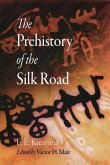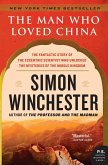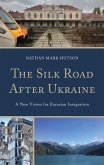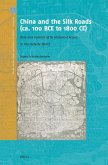The great Silk Road left a big political, economic, cultural impact on the countries it was passing through. Many caravan ways were going through trading cities and settlements of Central Asia. The History of sericulture in modern countries of the Central Asia (Kazakhstan, Kirghizstan, Tajikistan, Turkmenistan and Uzbekistan) begins in V-VI century. But the fundamental development of sericulture took place in the period of Soviet governing. With independence of these countries, new economic order has been established which resulted in infringement of many branches of industry, including sericulture. Sericulture has always been one of the main branches of agriculture in the region of Central Asia. Even though production in this branch was gradually decreasing through time, various strategies have been pursued to address this problem. One of the main ones consists in revitalizing and boosting the silk industry. Some countries, such as, Kirghizstan do not put enough effort on restoration and development of the silk branch, although its textile industry has a great demand for raw silk. Concerning Uzbekistan, Tajikistan and Turkmenistan, the ancient sericulture tradition was well kept.
Bitte wählen Sie Ihr Anliegen aus.
Rechnungen
Retourenschein anfordern
Bestellstatus
Storno








